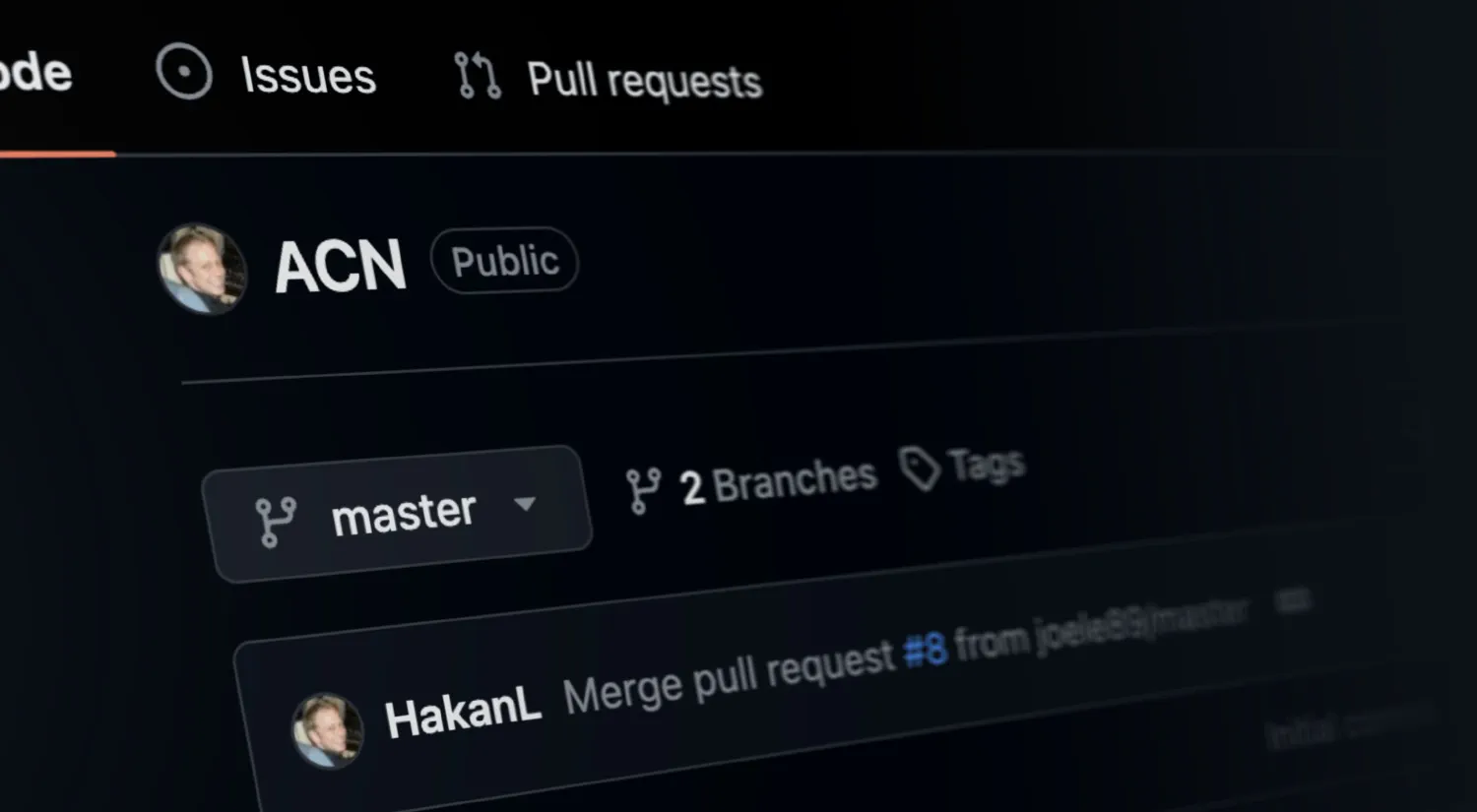Not a New Idea 📚


Lukas Runge
🏛️ A Trip Through Fixture Control History
The story of lighting control is a fascinating one. Back in 1959, the invention of phase-cut dimmers made it possible to control dimmers via a separate 0-10V control signal for the first time. This innovation allowed dimmers, which produced the operating current for lamps, to be moved to a separate room 🏠.
When Vari-Lite introduced the first moving light (VL0) in 1981, it was a game-changer 🎮. It made sense to take things a step further by generating the operating currents for the motors within the fixture itself. This advancement created a need for a protocol capable of controlling multiple attributes of a remote device.
To meet this need, the USITT standardized Digital Multiplex (DMX) in 1986, based on the established RS-485 protocol. DMX was the first digital protocol that allowed centralized control of distributed lighting technology 🌐. It enabled control over not just the attributes of a luminaire — like color, focus, and zoom — but also devices that weren’t luminaires, such as curtain systems 🎭.
For a long time, DMX was robust and met industry requirements. However, as modern fixtures became more advanced, fewer fixtures could operate within a single DMX universe 🌌.
🚧 The Limitations of DMX and the Rise of Art-Net
To avoid the hassle of running multiple DMX universes onto one truss, the Ethernet-based Art-Net was developed. This protocol eliminated the one-universe-per-cable limitation by building on UDP using broadcast 🚀. However, it didn’t adopt other advantages of modern network stacks. Essentially, it was a patch rather than a solution.
Recognizing the need for a more advanced protocol, ESTA worked on developing a new control protocol that leveraged modern networking advantages and met growing user expectations.
🧩 Enter ACN: A Noble Attempt
After three years of development, the Architecture for Control Networks (ACN) was released in 2006 as ANSI Standard E1.17-2006 📜. ACN was designed with ambitious goals:
- Interoperability Across Manufacturers 🤝: Enable equipment from different manufacturers to communicate effectively.
- Many Sources, Many Sinks 🔄: Support multiple sources and consumers of control data on the same network.
- Single Network, Multiple Uses 🎚️🎛️: Allow a network to support various independent applications.
- Mainstream Protocol Compatibility 🌐: Utilize standard network protocols without duplicating functionalities.
- Leverage Off-the-Shelf Technology 🛠️: Use readily available networking hardware and software.
- Support for Manufacturer-Specific Extensions 🔧: Allow custom extensions while maintaining cohesion.
- Scalability 📈: Adapt to diverse applications, from small setups to large installations.
- Extensibility ➕: Facilitate future extensions and adaptability.
- Ease of Configuration 🔌: Support dynamic device discovery and plug-and-play capabilities.
- Efficient Bandwidth Usage 📊: Optimize bandwidth use and ensure predictability.
- Sub-Network Flexibility 🗺️: Allow flexible use of sub-net addressing and routing.
- Fault Tolerance 🛡️: Ensure resilience against failures and minimize recovery efforts.
As you can see, many ideas that SHIFTY brings to the table aren’t new at all 🔄.
🤔 So, Why Didn’t ACN Take Off?
In January 2018, Wayne Howell wrote, “ACN has received limited industry support and is complex to implement, particularly in low processing power products.” This complexity likely hindered its widespread adoption 😕.
The only remnant of ACN still present today is Streaming ACN (sACN). It’s used as an alternative to Art-Net, utilizing multicast instead of broadcast for more efficient bandwidth usage 📶. Other than that, it doesn’t offer more than what Art-Net already did.
📜 Conclusion: Learning from the Past
Thirty-eight years after DMX was invented, every subsequent protocol has tried to remain backward-compatible with this industry behemoth 🦕. Sadly, this means we’re still dealing with the overhead and limitations it brings 😩.
With SHIFTY, we’re aiming to change that 🛠️. We’re reinventing fixture control from the ground up. If you’d like to see this project succeed, you’re welcome to participate in its development 🙌.
We are looking for contributors to help us design, build and (probably most important) test SHIFTY. If you are interested, please reach out to us on GitHub or via our contact form.
Let’s make lighting design a breeze together! 🌈
